Best flowering weeds for pollinators – 3 nectar-rich weeds growing in your yard
The flowering plants growing unexpectedly in your yard can be a valuable source for pollinators

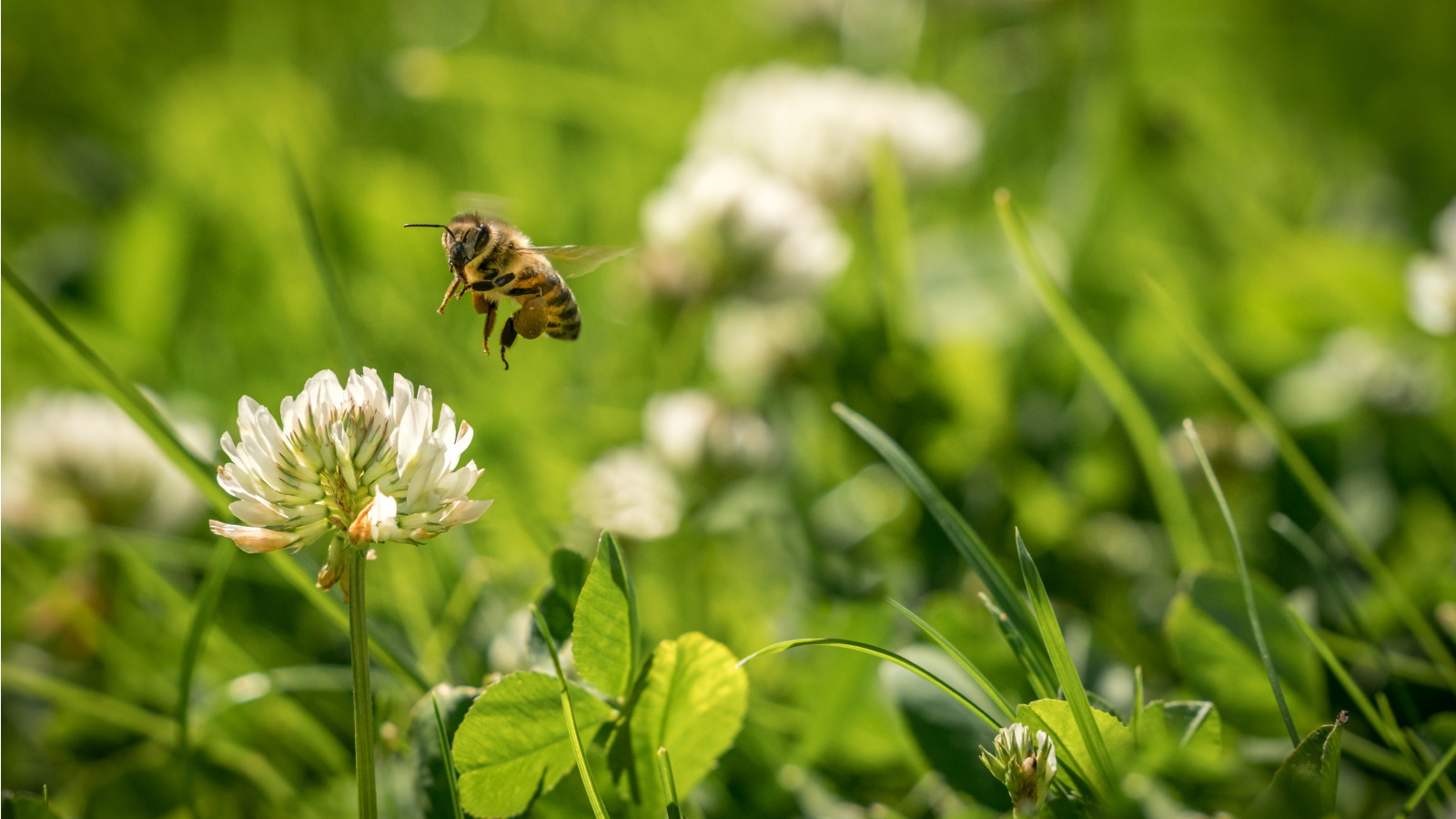
In the first instance you might see weeds growing in your yard and find them a nuisance. But planting that you consider undesirable because you haven't chosen it for your garden can actually be highly beneficial.
You might start to research how to get rid of weeds when you notice them among your intentional planting, but the truth is that many weeds are valuable sources of nectar and make excellent plants for pollinators.
We've asked experts about flowering weeds for pollinators and which are the best to leave growing in your yard to help bees, butterflies, birds and more.
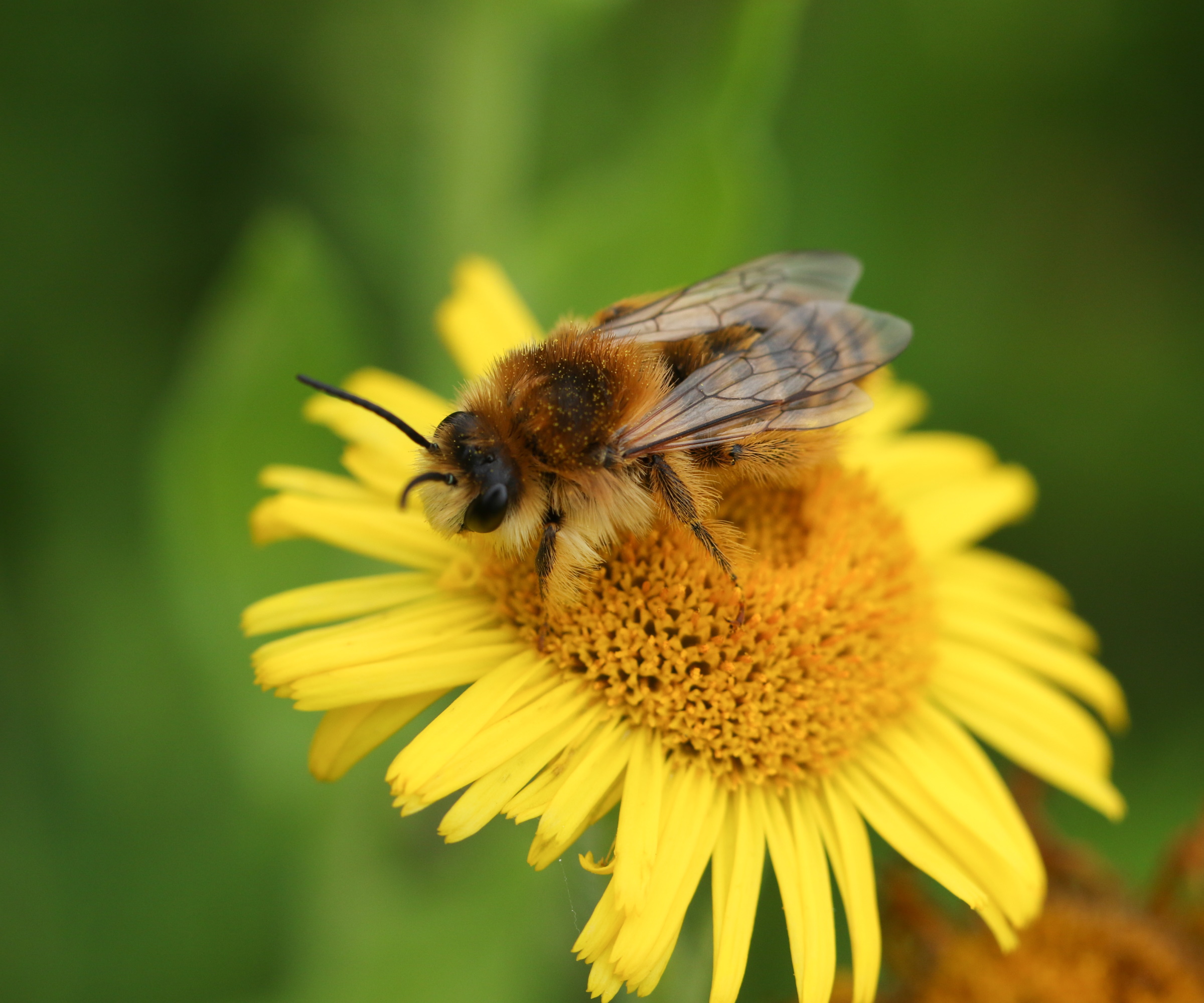
Why leave flowering weeds for pollinators?
When you're planning how to plant a garden for pollinators, you should consider weeding less often.
'It's very important to leave flowering weeds for pollinators especially during the spring. When bees and other pollinators emerge from hibernation it is vital that they have these weeds in place as they act as first food sources upon waking,' says Sarah Warner, organic growing expert and farm associate at Case Western Reserve University Farm.
'By late May, there is a greater abundance of food. March and April homeowners start to clean their yard and pull weeds which is taking away vital food sources and disturbing insects, including pollinators, that are still hibernating or resting,' she adds.
You should always check the USDA Invasive Species list to check if the flowering weeds growing in your yard can cause a potential threat before choosing to leave them in your yard.
Design expertise in your inbox – from inspiring decorating ideas and beautiful celebrity homes to practical gardening advice and shopping round-ups.
'How long I leave flowering weeds for pollinators depends on their status. If they are an invasive species, they can cause an issue in the ecosystem by taking over an area of land and displacing native plants,' says Ren Elizabeth, expert gardener and environmental advocate at Eco-Friendly Homestead.
'A good tip is to review your local county's noxious weed guide and regulations and follow their guidelines for plants that must be removed and reported,' Ren adds.
Discover our expert list of the best flowering weeds to leave in your yard to provide a nectar-rich feast for visiting pollinators.
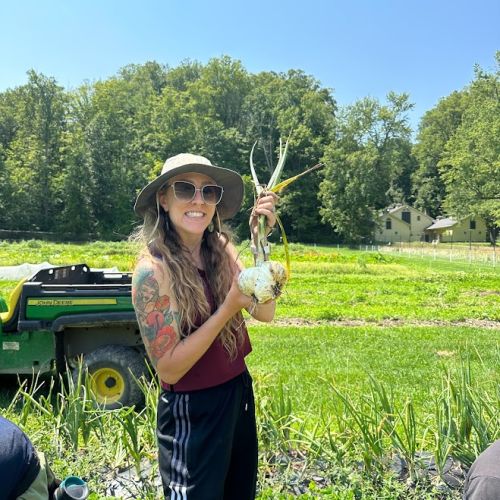
Sarah Warner is a farm associate with the farm food program at the University farm. She has five years of experience growing organic food in Northeast Ohio. She is a Lorain County Community College graduate with an Associates Degree in Sustainable Agriculture and is also certified in Permaculture Design.
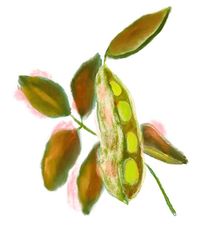
Ren Elizabeth is the steward of a 5 acre homestead, where she tends to gardens, goats, and greenhouses. She is a firm believer in the importance of regenerative gardening as a nature-based solution to climate change. She is the author of the educational blog, ecofriendlyhomestead.com, where she shares information on environmentally sustainable ways to grow food.
3 flowering weeds for pollinators
Don't be too quick to get weeding when you see unexpected flowering plants emerge in your yard. Many flowering weeds are good for pollinators, providing lots of nectar. We've compiled an expert list of the best flowering weeds for pollinators to leave in your yard.
1. Dandelions
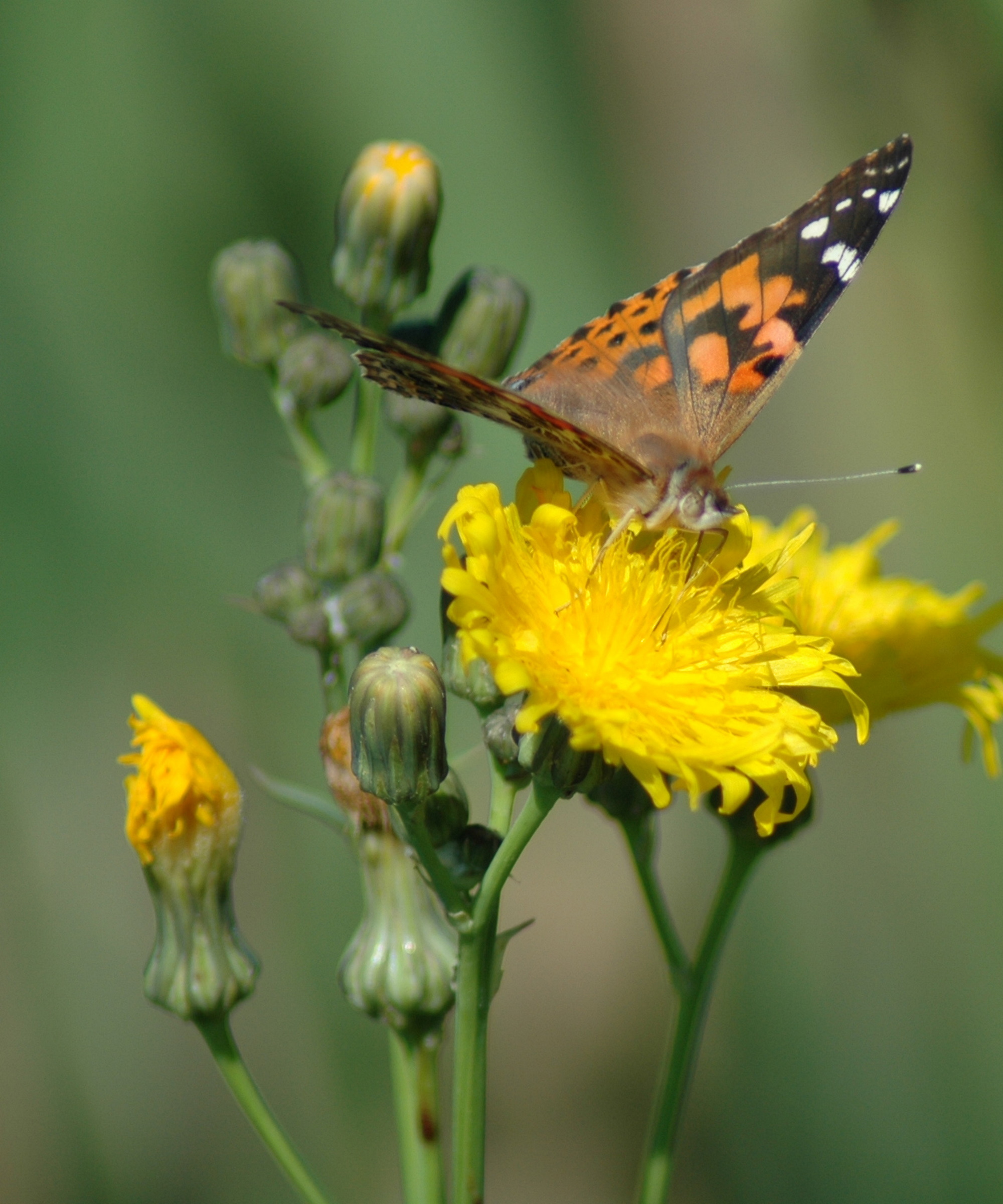
While you may have spent hours researching how to get rid of dandelions, these bright yellow flowers are favored among the bees and butterflies.
'Dandelions are extremely important to leave in the early spring,' says Sarah. 'They are especially important because they provide pollen and nectar making this a very important plant for bees,' she adds.
You might also notice ants feeding on the nectar of dandelions on warm summer days. These weeds tend to grow among grass, so it's important to not mow your lawn in early spring if you want them to grow for pollinators.
'Letting dandelions go to seed is very important so you can keep generating an abundance for bees every year,' says Sarah.
Dandelions are commonly found in US hardiness zone 2 to zone 11.
2. Fleabane

Fleabane is another flowering weed that will self-seed and you might find the bright flowers pop up all around your yard. Just like dandelions, these flowers are an excellent food source for pollinators.
'Fleabane provides nectar for very overworked pollinators that are in desperate need of a food source. Beetles, spiders, and tiny invertebrates love these flowers,' says Sarah.
'When letting this plant go to seed, you can see an increased visit from sparrows, goldfinches, and ground finches as they love this seed as a treat,' she adds.
You'll find fleabane growing in US hardiness zone 3 to zone 8.
3. White clover
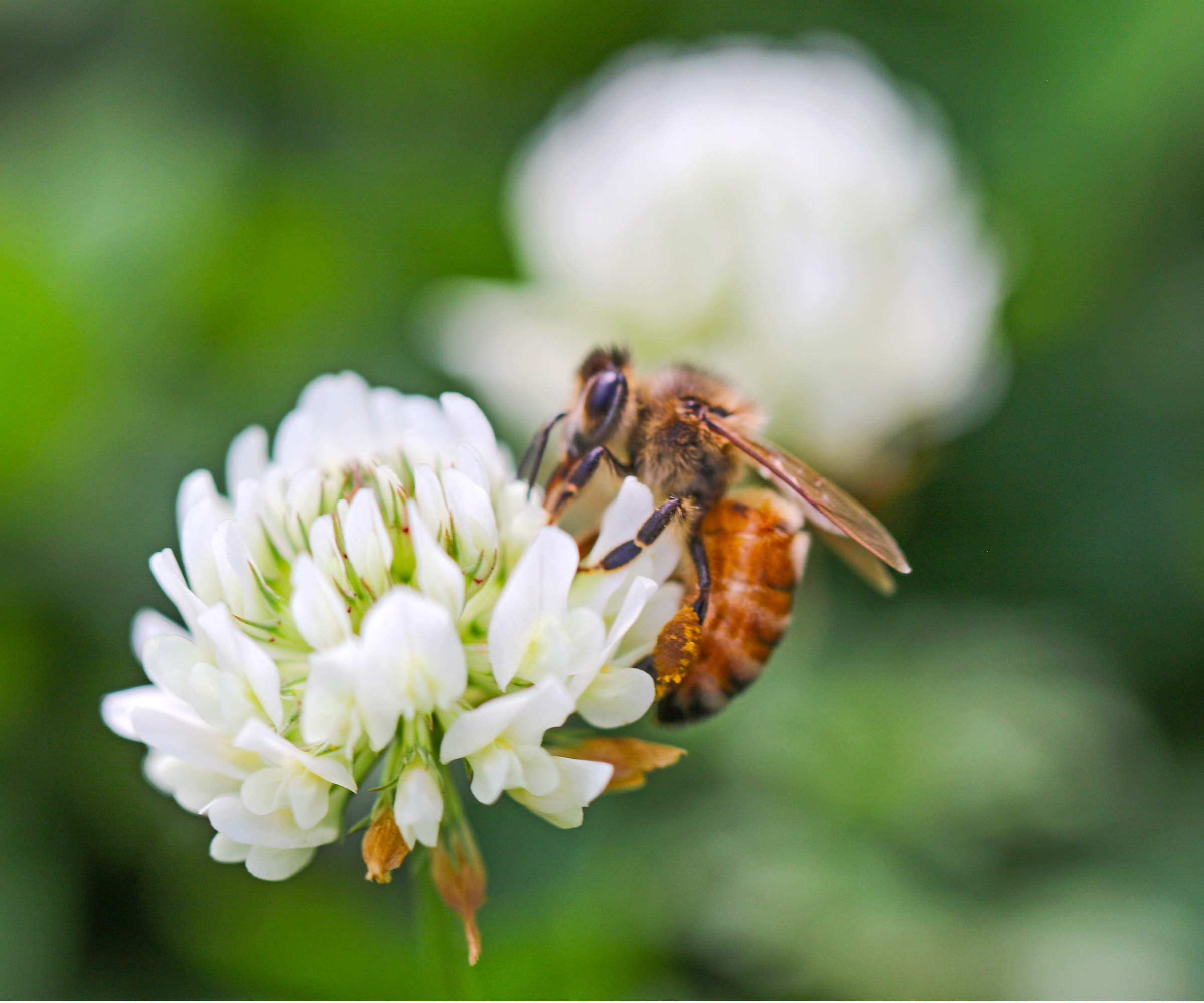
Another flower that you might find growing on your lawn is a white clover.
'White clover is an incredibly hard worker when it comes to blooming for pollinators,' says Brad LaFoy, growing expert and land manager at Blackberry Mountain, Tennessee. 'When growing in mass, white clover can actually be an attractive lawn. It grows to a short maximum height, so it can go without being mowed and not look all that messy,' he adds.
These small, feathery-looking flowers grow well in US hardiness zone 3 to zone 10 and often make an appearance for gardeners who take part in No Mow May.
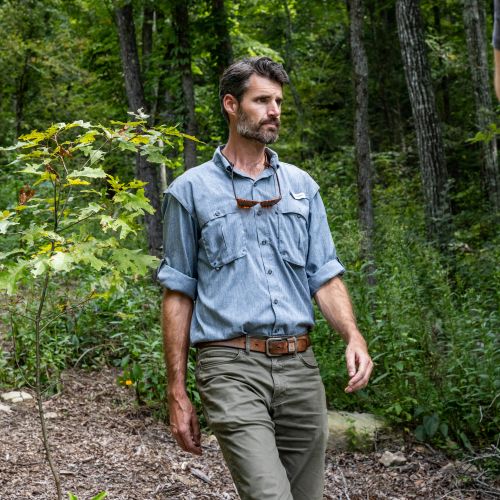
Brad oversees all land management at Blackberry Mountain, a 5,200 acre resort in the Great Smoky Mountains of Tennessee. Since 2019, Brad and his team have planted 500 regional wildflower and plant species on the Mountain with the vision of nurturing an environment where vital pollinators can thrive.
Create a pollinator garden

Durable metal garden sign to display in your pollinator garden. It can be easily mounted on different surfaces and has rounded edges to avoid harm.
FAQs
When should I remove flowering weeds?
If you notice flowering weeds like dandelions or white clovers growing in your backyard, it can be a good idea to leave them for pollinators throughout spring. They are nectar-rich and make a valuable source for pollinators so it's important to not remove them too early.
If you want to avoid flowering weeds spreading or wish to control their growth, it can be a good idea to remove them as they finish flowering and before they go to seed. Although, seeds can also be a valuable source for pollinators so you might want to consider still leaving them. Always do research around the weeds growing in your yard to ensure you aren't leaving any invasive or harmful species.
Leaving flowering weeds can help the pollinators in your backyard while looking attractive in many ways. They are nectar-rich and removing them can take valuable food sources away from visiting insects and birds.
If you want to help pollinators even more, why not make a bug hotel or try meadowscaping?

Tenielle is a Gardens Content Editor at Homes & Gardens. She holds a qualification in MA Magazine Journalism and has over six years of journalistic experience. Before coming to Homes & Gardens, Tenielle was in the editorial department at the Royal Horticultural Society and worked on The Garden magazine. As our in-house houseplant expert, Tenielle writes on a range of solutions to houseplant problems, as well as other 'how to' guides, inspiring garden projects, and the latest gardening news. When she isn't writing, Tenielle can be found propagating her ever-growing collection of indoor plants, helping others overcome common houseplant pests and diseases, volunteering at a local gardening club, and attending gardening workshops, like a composting masterclass.

